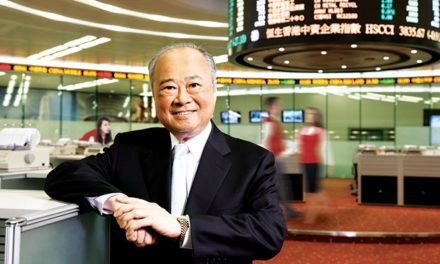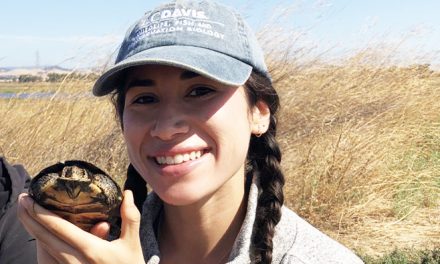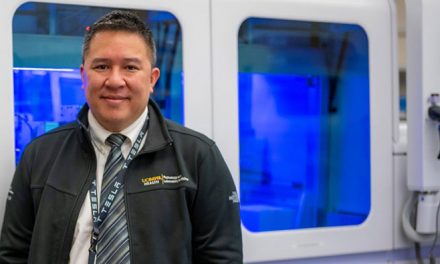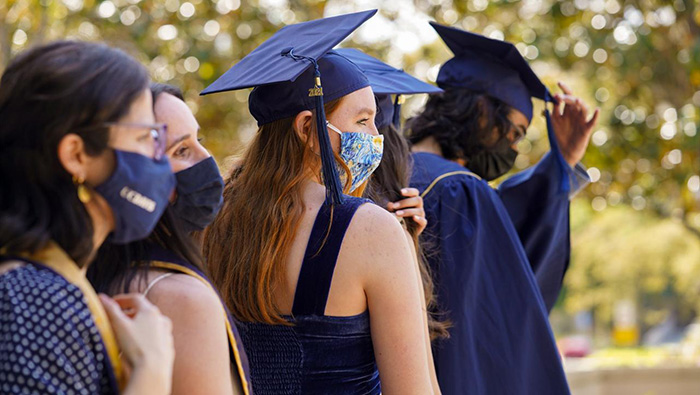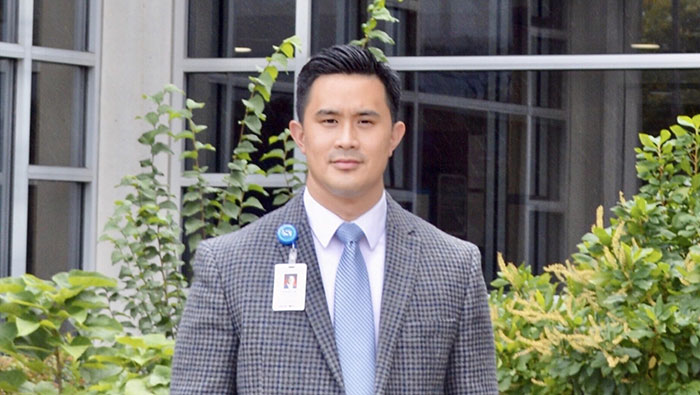
Leading in Health Care
2020 is an extraordinary time to be in hospital administration. Just ask Aaron Chang ’06, recently named president of Sisters of Charity Hospital, overseeing two locations in the Buffalo, New York, area.
The California native moved his family to Buffalo to take the position this month.
“There were a lot of curve balls,” he said of the cross-country move during a pandemic. “I joked with my wife that thank goodness I was in operations before, because I don’t think we would have been able to maneuver like we did these past few weeks.”
At the nonprofit, faith-based Sisters of Charity, Chang is in charge of day-to-day operations and the organization’s strategic vision.
As an undergraduate at UC Davis, he majored in nutrition science. A stint as a headhunter for health professionals inspired him to go into administration. He earned his master’s degree in health care administration from California State University, East Bay.
He previously was COO at Dignity Health St. John’s Hospitals in Southern California. He also worked at Palmdale Regional Medical Center and Lucile Packard Children’s Hospital Stanford.
When the position at Sisters of Charity became available, he saw a good fit.
“I wanted to get a feel for living somewhere else,” said Chang, who grew up in Santa Rosa. “I was purposeful in looking for a non-profit, faith-based organization because the mission of helping the underserved resonates with me and adds a unique dimension to my everyday work. It gives me the juice to keep going.”
Of course, he is mindful of the challenges posed by COVID-19 for hospitals everywhere. COVID-19 has necessitated additional focus on essentials such as personal protective equipment, laboratory testing capabilities and physical capacity to accommodate patient surges.
At Sisters of Charity, an entire hospital was devoted to COVID-19 patients during most of the summer. The pandemic created challenges that, Chang said, were met with an impressive response by health care workers. And some changes to services could have lasting effect.
“Because of what’s happened, it’s changed the dynamics of care. A lot of people are cognizant of other avenues we can take to fulfill service — whether it’s telehealth, more home visits, different technologies,” he said. “I’m interested in seeing what’s next for health care. With the right people, the right focus, I think we’ll come out of this on the other end in an interesting place.”


